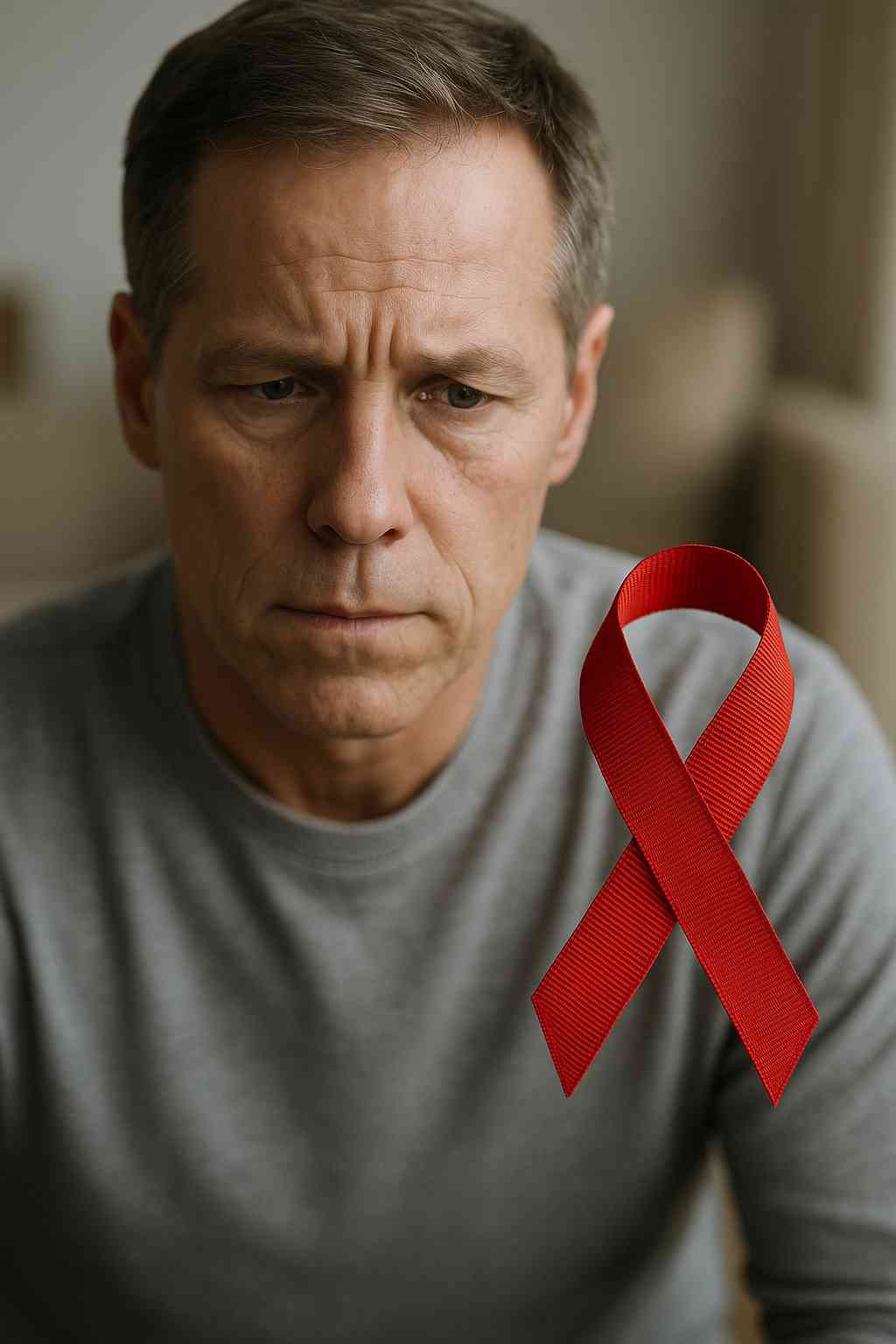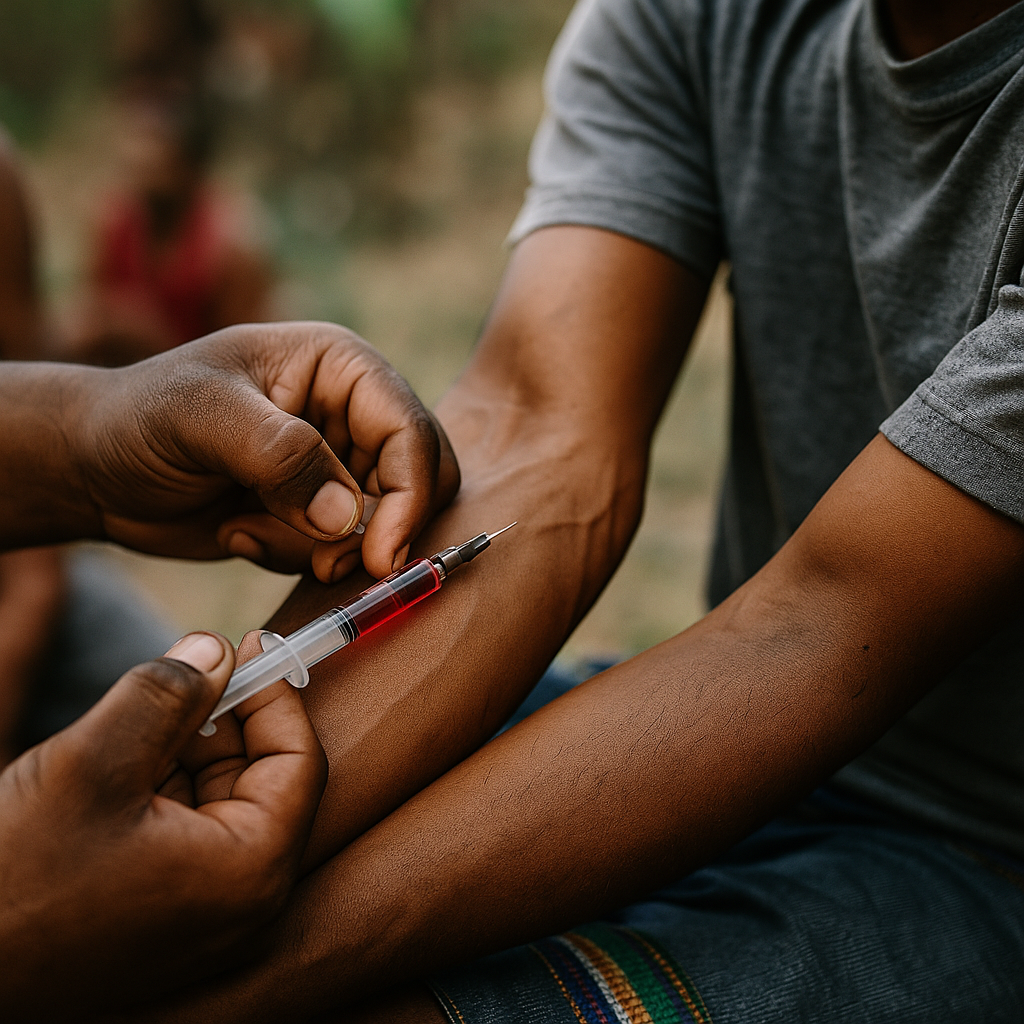
The question has haunted science and inspired hope for decades: will we ever see an HIV cure? For more than 40 years, HIV has been a relentless global health challenge, transforming from a mysterious, deadly virus into a manageable chronic illness. Antiretroviral therapy (ART) has saved millions of lives, but the ultimate goal remains: a cure. While breakthroughs have sparked optimism, the road to a true, scalable HIV cure is still under construction.
Table of Contents
- Understanding the Difference Between a Cure and Treatment
- How Close Are We to an HIV Cure Today?
- Major Strategies Being Tested in HIV Cure Research
- Challenges and Ethical Considerations
Understanding the Difference Between a Cure and Treatment
Before exploring progress, it’s important to define what a cure actually means. Currently, most people living with HIV rely on lifelong antiretroviral therapy (ART) to suppress the virus to undetectable levels. This doesn’t eliminate HIV, but it keeps the virus at bay and prevents transmission.
A cure, on the other hand, falls into two categories:
- Sterilizing Cure: Complete eradication of the virus from the body.
- Functional Cure: Long-term control of the virus without the need for ongoing medication.
While ART provides a path to healthy longevity, it doesn’t eliminate the virus. Hidden reservoirs of HIV remain in the body, ready to reactivate if treatment stops. An HIV cure would mean no more medication, no viral rebound, and no fear of passing the virus on.
How Close Are We to an HIV Cure Today?
Progress toward an HIV cure has been real, but gradual. So far, only a handful of individuals appear to have been cured of HIV, most notably Timothy Ray Brown (the “Berlin patient”) and Adam Castillejo (the “London patient”). Both underwent complex bone marrow transplants to treat cancer, which also eradicated their HIV infection. While encouraging, this process is risky, expensive, and not scalable for the general population.
More recently, researchers have identified individuals known as elite controllers or post-treatment controllers, whose immune systems keep the virus in check naturally or after treatment interruption. Understanding their biology could unlock clues for a functional cure.
Globally, organizations like amfAR, the NIH, and the International AIDS Society (IAS) continue to fund and coordinate cure research. Though a universal solution remains elusive, every year brings insights that bring the scientific community one step closer.
For timely updates on HIV research and patient advocacy, visit the AIDS.org blog section.
Major Strategies Being Tested in HIV Cure Research
Scientists are pursuing multiple innovative approaches to outsmart HIV. No single method has emerged as the frontrunner, but each offers valuable data and hope.
1. Latency-Reversing Agents (LRAs)
HIV hides in dormant cells, forming a “reservoir” untouched by current therapies. LRAs aim to reactivate latent HIV so it can be identified and destroyed. This strategy, called “shock and kill,” has shown promise in lab settings, though it’s not yet effective in real-world scenarios.
2. Immune-Based Therapies
These approaches use broadly neutralizing antibodies or therapeutic vaccines to boost the body’s immune response against HIV. In some trials, these therapies have helped reduce the viral load without ART.
3. Gene Editing
CRISPR and other tools are being explored to alter or disable the CCR5 receptor, which HIV uses to enter cells. This is the same receptor that played a role in the Berlin and London cures. Although experimental, gene editing holds immense potential for a future HIV cure.
4. Stem Cell and Cell-Based Therapies
Building on the success of bone marrow transplant cases, researchers are testing ways to modify a person’s own immune cells to resist HIV infection.
Each of these strategies has strengths and limitations, but all contribute to a deeper understanding of how HIV functions within the body.
Challenges and Ethical Considerations
Despite exciting progress, many obstacles remain. HIV is a master of disguise, capable of integrating into host DNA and lying dormant for years. Detecting and eradicating every hidden virus is a scientific challenge unlike any other.
In addition to biology, equity and access are major concerns. Any future cure must be accessible to all, especially marginalized communities that bear the brunt of the HIV epidemic. The cost of development, political will, and healthcare infrastructure will all influence distribution.
Furthermore, cure trials often involve treatment interruption to see whether the virus rebounds—a risky proposition for participants. Balancing the pursuit of knowledge with the safety and dignity of patients remains a top priority.
Organizations like Healthcare.pro can help patients explore current trials and find expert care providers.
For a deeper look at how AIDS.org is contributing to public education and policy, visit our mission and FAQs.
Conclusion
Will we ever see an HIV cure? The answer is no longer a simple yes or no—it’s a matter of how and when. The science is evolving. The breakthroughs are real. But delivering a safe, scalable, and globally accessible HIV cure will require time, collaboration, and unwavering commitment.
For now, continuing support for those living with HIV, expanding access to treatment, and funding cutting-edge research remain our best path forward.
To stay informed about advancements in HIV care and prevention, visit the AIDS.org blog.
FAQs
What is the difference between a functional and sterilizing HIV cure?
A sterilizing cure eliminates all traces of the virus. A functional cure controls HIV without ongoing treatment.
Has anyone ever been cured of HIV?
Yes, a few individuals have been cured through bone marrow transplants. However, this method is not scalable for widespread use.
Why is HIV so difficult to cure?
HIV integrates into host DNA and hides in latent cells, making it hard for the immune system and medications to detect and destroy.
Are there any HIV cure trials happening now?
Yes, several trials are underway globally, testing vaccines, antibodies, gene editing, and immune-based strategies.
What can I do while waiting for a cure?
Stay on treatment, get regular care, and follow trusted sources like AIDS.org for updates. Emotional support and prevention still matter.
This content is not medical advice. For any health issues, always consult a healthcare professional. In an emergency, call 911 or your local emergency services.



